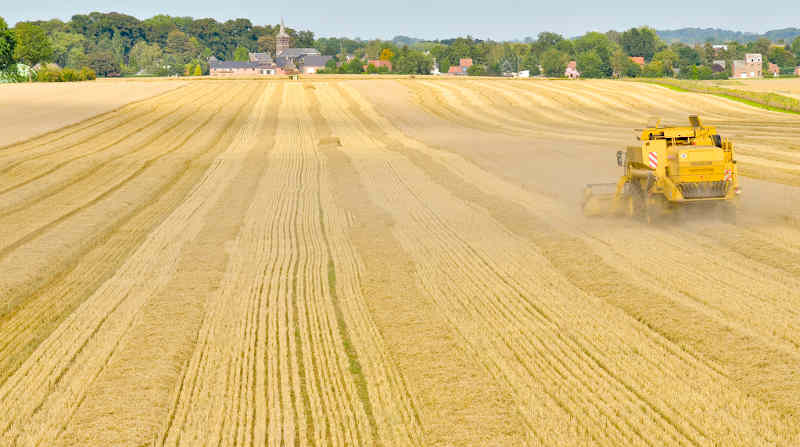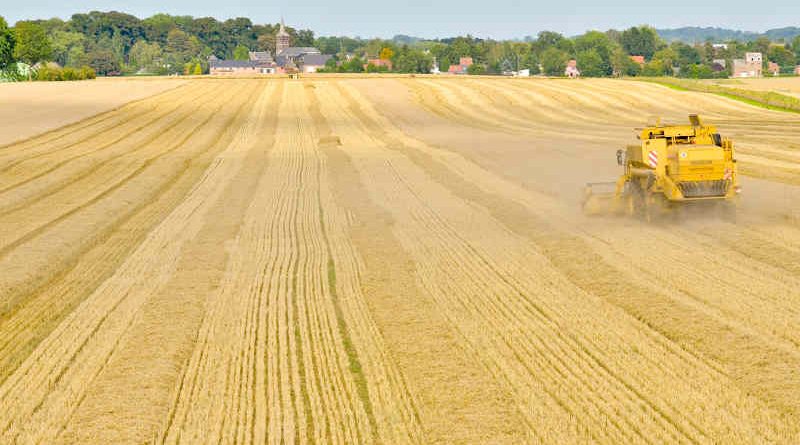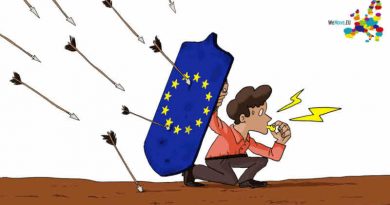EU Releases Agricultural Outlook Report for 2020-30

The European Union (EU) production growth of arable crops is expected to be limited over the next decade. However, digitization will be at the heart of yield productivity gains, improved labour conditions, and higher environmental standards.
These are among the projections for the arable crops market from the European Union agricultural outlook for 2020-30 report published on 16 December 2020 by the European Commission.
Total agricultural land is expected to decline by 0.5 million ha in the EU over the outlook period, reaching 161.2 million ha. In parallel, the EU forest area is expected to continue expanding and reach 161 million ha, resulting with as much forest as agricultural area in the EU in 2030. As for pasture and fodder areas, they are expected to increase, while land dedicated to arable crops should decline.
Total EU cereal production is expected to remain stable over the outlook period, at 278 million t. Even though the agricultural area will decline, yields will increase thanks to enhanced crop rotations, improved soil management, and an increased use of decision support tools.
EU total consumption should stabilize at 260 million t by 2030, with a higher food use. As for trade, EU exports are due to strengthen with EU and world prices converging as well as proximity to importing markets such as the Mediterranean region and sub-Saharan Africa.
Regarding oil-seeds, total EU production is projected to increase thanks to sunflower and soy production growing. With a slight rise of oil-seed imports, crushing volumes should increase, with a sustained demand for oil-seed oil in the EU. Finally, consumption of vegetable oils is expected to decline, mostly due to decreasing palm oil imports.
EU protein crops are projected to grow significantly. Production will be driven by a large increase in area and yield improvements. The strong demand for innovative plant protein products and locally produced protein sources should result in a 30% consumption rise.
Furthermore, EU sugar area is projected to stabilize over the next decade. EU production should grow to 16.2 million tonnes by 2030. Increasing sugar exports in processed products should limit consumption decline, while competitive prices should allow the EU to become self-sufficient and potentially a net exporter of sugar.
The EU agricultural outlook report for 2020-30 contains all relevant market data, accompanied by an explanation of assumptions, and a description of the macroeconomic environment. The projections and scenarios described in the report will be discussed at the annual EU agricultural conference, taking place online on 16-17 December 2020.
💛 Support Independent Journalism
If you find RMN News useful, please consider supporting us.




